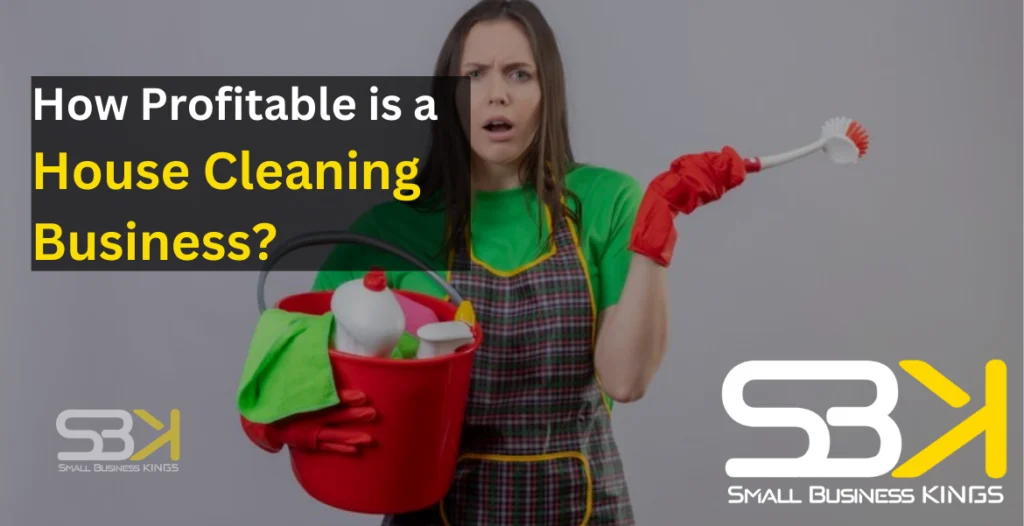Launching a house cleaning business can be a thrilling opportunity. The key question is: can it actually be profitable? With over 10% of U.S. households outsourcing cleaning services, the demand is undoubtedly high, creating a lucrative opportunity for entrepreneurs.
According to a report by IBISWorld, the U.S. residential cleaning industry generates over $10 billion annually, and the market is expected to grow steadily due to busy lifestyles and dual-income households.
Like any business, profitability depends on various factors such as location, target market, and operational efficiency. With the right strategies, this business can yield impressive margins.
Understanding the Profitability of House Cleaning
Importance of Market Demand
The global cleaning services market is forecast to grow at a compound annual growth rate (CAGR) of 6% over the next few years. This steady growth highlights the increasing demand for house cleaning services, driven by busy schedules, dual-income households, and a shift toward outsourcing chores.
Comparing Residential and Commercial Cleaning
Residential cleaning businesses often earn between $35,000 and $70,000 annually, depending on the client base, frequency of services, and location. On the other hand, commercial cleaning can generate higher revenues, reaching upwards of $100,000 annually, but it typically requires more equipment and staff.
Earnings Potential in the House Cleaning Industry
Average Earnings in the House Cleaning Industry
Independent house cleaners usually charge $25–$50 per hour. For a part-time cleaner working 20 hours a week, this could translate to $2,000–$4,000 per month. For businesses with a small team, monthly revenue could range from $5,000 to $10,000, depending on the volume of clients.
In urban areas, house cleaning rates can exceed $75 per hour, while in smaller towns, rates may fall to around $20–$30 per hour due to lower demand and living costs.
Factors Affecting Profit Margins
Operating Costs and Overheads
Profit margins for a house cleaning business typically range from 10% to 50%, depending on how well you manage costs like:
- Labor: Employees usually earn $12–$20 per hour, plus benefits.
- Supplies: Cleaning products cost approximately $100–$300 monthly for a small business.
- Transportation: Fuel expenses may add up to $100–$200 monthly.
Competition and Market Saturation
In competitive markets, businesses often lower prices to attract customers, which can reduce profit margins to around 10–20%. To overcome this, focusing on differentiation through superior service, eco-friendly options, or specialized offerings can help maintain profitability despite market saturation.
Effective Pricing Strategies
Charging premium rates for specialized services, like deep cleaning or eco-friendly cleaning, can boost profit margins to 30% or more. These services attract clients willing to pay extra for quality, helping businesses increase revenue and stand out in the market.
Revenue Potential in Residential Cleaning
Securing regular clients who pay between $100–$200 per cleaning session can provide a consistent and reliable income stream. For instance, 20 recurring clients at $150 per session, cleaned twice a month, could generate $6,000 in monthly revenue.
While one-time services, such as move-in/move-out cleaning, may command higher rates ranging from $200–$400 per job, maintaining regular clients ensures a steady cash flow. This balance between one-time jobs and recurring clients is key to maximizing revenue potential in residential cleaning.
Strategies to Maximize Revenue
Upselling Additional Services
Increase your revenue by offering specialized cleaning services like:
- Carpet Cleaning: Add $50–$100 per session.
- Window Washing: Add $20–$50 per job.
- Oven & Refrigerator Cleaning: Charge an additional $30–$70.
- Post-Construction Cleaning: Charge $150–$500 per session.
These add-ons not only increase your earnings but also offer more value to clients, encouraging repeat business.
Offering Discounts for Long-Term Contracts
Encouraging long-term commitments through discounts can help ensure steady business and improve cash flow. Offering discounts such as 5–10% off for 6-month or yearly contracts can incentivize clients to sign up for extended services.
Additionally, implementing subscription models where clients pay upfront for a set number of services at a discounted rate can provide predictable revenue. Seasonal discounts, especially during off-peak times, can also attract clients and help maintain income levels throughout the year. By fostering loyalty through these strategies, businesses can create a stable and reliable client base.
Expanding Service Areas
Expanding your service areas can significantly increase your client base and revenue. By targeting neighboring areas, you can boost your clientele by 20–30%. Utilizing geo-targeted ads focused on specific zip codes helps you reach potential clients in those areas, ensuring more effective marketing.
Additionally, partnering with local businesses, such as real estate agents or hotels, can provide extra exposure and referrals. This approach not only enhances visibility but also helps you tap into new markets, leading to consistent business growth and higher earnings.
Managing Operational Costs
- Employee Salaries and Benefits
For a small team of 2–3 cleaners, monthly payroll might range from $3,000 to $5,000, depending on local wage laws and benefits.
- Cost of Cleaning Supplies
Bulk purchasing can reduce monthly supply costs from $300 to $200.
- Transportation and Fuel Costs
Optimized route planning can reduce fuel costs by 10–15%.
Pricing Strategies for Success
Hourly Rates vs. Flat Fees
- Hourly rates work well for small or variable jobs. For example, $30 per hour for a 4-hour job equals $120.
- Flat fees are ideal for standard jobs like a 3-bedroom house at $150–$250 per visit.
Pricing Based on Property Size
Charge based on square footage or room count. Example:
- 1-bedroom apartment: $80–$120
- 4-bedroom house: $200–$400
Building Customer Relationships
Tips for Customer Retention
Building strong relationships with clients is key to ensuring long-term success in your cleaning business. To retain customers, it’s important to go beyond the basics and personalize your service. Remembering clients’ cleaning preferences or following up with them after each job helps to build trust and loyalty.
Small gestures, like sending thank-you notes or offering occasional discounts, can improve retention by 20–30%. Additionally, implementing loyalty programs—such as a free cleaning after 10 visits or referral rewards—encourages repeat business and strengthens customer bonds.
Effective Customer Acquisition Strategies
Attracting new clients is essential for growing your cleaning business. To acquire customers, focus on offering high-quality services and building a strong online presence through positive reviews and testimonials. Implementing targeted marketing strategies such as special promotions, referral programs, and localized ads can help you stand out in your community.
Networking with real estate agents, property managers, or local businesses can also create opportunities for new customer leads. Always ensure that your business is approachable and professional, which will encourage both new and returning clients.
Market Trends and Demand for House Cleaning Services
The cleaning sector in the U.S. generates more than $50 billion each year, showcasing its significant market opportunity. As more households opt to outsource cleaning tasks, driven by busy lifestyles and increasing demand for convenience, the market continues to grow.
This trend shows no signs of slowing down, making the house cleaning business a promising and profitable venture. With more people seeking professional cleaning services, the opportunities for growth and success in this industry remain strong.
Financial Success Stories in the Cleaning Industry
Many small cleaning businesses earn between $50,000–$100,000 annually, and some have scaled up into franchises that generate millions. The key to financial success lies in scaling strategically while maintaining a high standard of service.
By building a strong reputation and expanding operations thoughtfully, cleaning businesses can tap into lucrative markets and achieve significant growth. Consistently delivering quality service and focusing on customer satisfaction are essential for long-term success in this competitive industry.
Challenges Faced by House Cleaning Entrepreneurs
Running a house cleaning business comes with its challenges, especially in managing client expectations. Clear and consistent communication is essential to avoid misunderstandings and ensure customer satisfaction, which can reduce client churn by 15–20%.
Additionally, handling unforeseen expenses, such as emergency equipment replacements or unexpected vehicle repairs, is a common hurdle. These unplanned costs can range from $500–$2,000, making it crucial for business owners to maintain an emergency fund.
By preparing for such expenses and managing client relationships effectively, businesses can navigate these challenges while maintaining smooth operations.
Tools and Technology for Streamlining Operations
To streamline operations and improve efficiency in a house cleaning business, several tools and technologies can be valuable:
- Scheduling and Invoicing Software: Tools like Jobber or Housecall Pro help automate booking, scheduling, and invoicing, saving time and reducing errors. These typically cost between $30–$100 per month.
- Digital Marketing Tools: Invest in Google Ads or social media campaigns (such as Facebook Ads or Instagram promotions) to enhance online visibility and attract new clients. Budgeting $200–$500 per campaign can yield measurable results.
- Customer Relationship Management (CRM) Systems: CRMs such as HubSpot or Zoho CRM help manage client information, track communication, and improve customer service. Prices range from $12–$50 per month.
- Payment Processing Solutions: Using platforms like Square or PayPal for smooth, secure transactions helps ensure timely payments and client satisfaction, with transaction fees varying from 2.6% to 3.5% per payment.
- Inventory Management Tools: Programs like Sortly or Inventory Now can help track cleaning supplies and equipment, ensuring that you don’t run out of essential items. These tools often cost around $10–$50 per month.
Using these tools not only saves time but also enhances business efficiency, allowing you to focus on growing your customer base and increasing revenue.
Steps to Launch a Profitable House Cleaning Business
- Market Research: Understand local demand and competition.
- Business Plan Development: Outline costs, target clients, and revenue goals.
- Legal and Financial Setup: Register your business, budget startup costs, and secure insurance to avoid legal liabilities.
Conclusion
A house cleaning business can be profitable, with margins ranging from 10% to 50%, depending on costs, pricing, and market factors. Profits may fluctuate due to demand, competition, and efficiency.
By managing expenses, building customer loyalty, and using effective marketing, long-term success is achievable. Quality service and operational optimization are key to sustaining profitability in this competitive industry.
FAQs
- What is the typical profit margin for a house cleaning business?
Profit margins range from 10% to 50%, varying by location, costs, and pricing strategies. - What is the startup cost for a house cleaning business?
Startup costs typically range from $2,000 to $6,000, depending on equipment and marketing needs. - Can I run a house cleaning business part-time?
Yes, part-time operations can generate $1,500–$3,000 monthly, making it a flexible option. - How do I find my first clients?
Use social media, local ads, and referrals. Provide initial discounts to entice early customers. - What legal requirements should I consider?
Obtain necessary licenses, liability insurance, and ensure compliance with local regulations.




